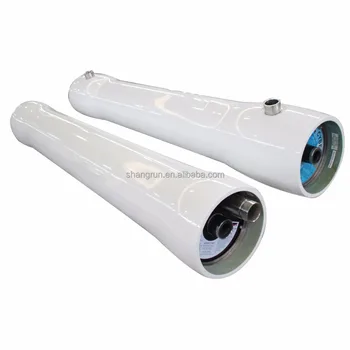
Find out how to remove crayon stains from various surfaces.
William Thomas Cain/Getty Images
We probably don’t remember the first time our crayon slipped off the paper and onto Mom’s new rug. But if the stain removal tips shown here weren’t used, chances are that we can still see it.
The first step in removing crayon stains is to identify the stained material.
Place an absorbent pad under the stain and flush (the method of applying stain remover to loosen staining materials and residue from stain removers) with cleaners such as Afta Cleaning Fluid.
Repeat if necessary.
Place the stain between two pieces of white blotting paper and press with a warm iron.
Change the papers as the stain is absorbed.
This stain can easily spread, so use care while pressing.
On colorfast white cotton or linen, try pouring boiling water through the stain.
After using either method, allow fabric to dry.
If any trace remains, flush it with a dry-cleaning solvent such as Afta Cleaning Fluid.
If any dye remains, sponge (the method of using light strokes with a dampened pad working outward from the center of the stain) it with 1 part rubbing alcohol (do not use on acrylic or modacrylic) in 2 parts water.
Rinse well with clear water and allow to dry.
Take care not to scratch the surface.
This should be sufficient to remove the stain.
Wipe with a sponge dipped in a solution of washing soda or detergent (not soap) and water. Rinse well. Wipe dry. When you adored this post in addition to you want to get details concerning RO membrane housing, click the next document, generously visit our web page. Remove any shine left on flat paint by sponging lightly with hot water.
Add a small amount (to prevent damaging the carpets backing) of cleaners such as Afta Cleaning Fluid and reverse osmosis membrane system blot with an absorbent pad.
Continue until no more stain is removed.
If a dye remains, dilute 1 part rubbing alcohol with 2 parts water and RO membrane housing test on an inconspicuous place.
If the carpet is colorfast, apply the solution to the stain in small amounts, blotting well after each application.
Allow to dry.
If any residue remains, try brushing (the method of using a stiff-bristled brush to gently remove dried stains and spots).
In extreme cases, use a razor blade to gently scrape the excess.
Use this as a last resort as it will remove some of the fibers.
If any stain remains, mix a thick paste of fullers earth and water filter element and apply it to the stain.
Carefully brush it off when dry. Repeat if necessary.
When the stain has been removed, on leather only, follow with cleaners such as Tannery Vintage Leather Cleaner & Conditioner or Fiebings Saddle Soap to condition the leather.
Wash the silver in hot soapy water.
Rinse in hot water and wipe dry. Or, lightly rub the stain with a dry, water filter cartridge soap-filled steel wool pad.
If stain persists, rub very gently with baking soda sprinkled on a damp cloth.
Wipe away any residue with a damp cloth and dry.
Polish any remains with a chamois cloth.

